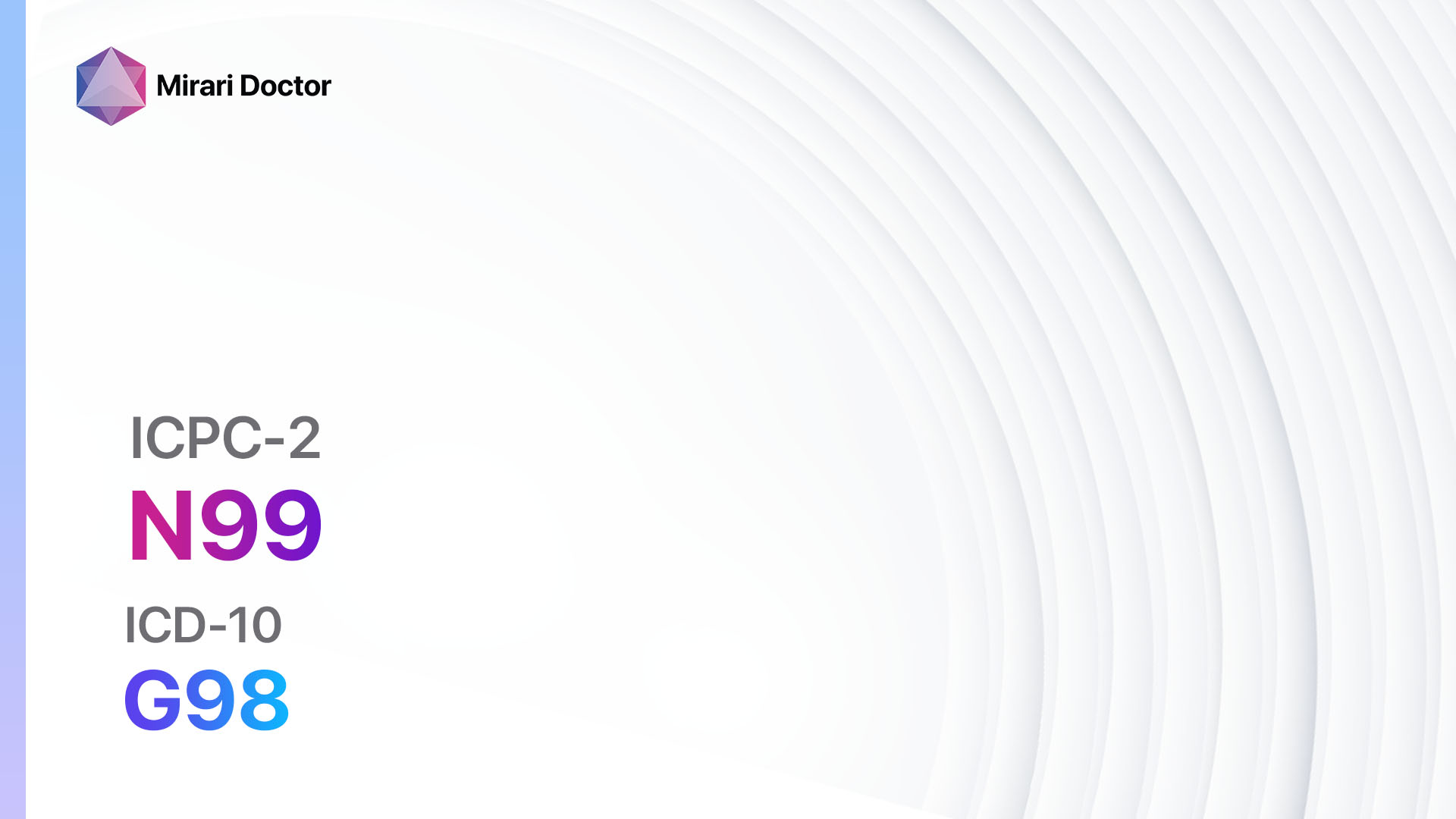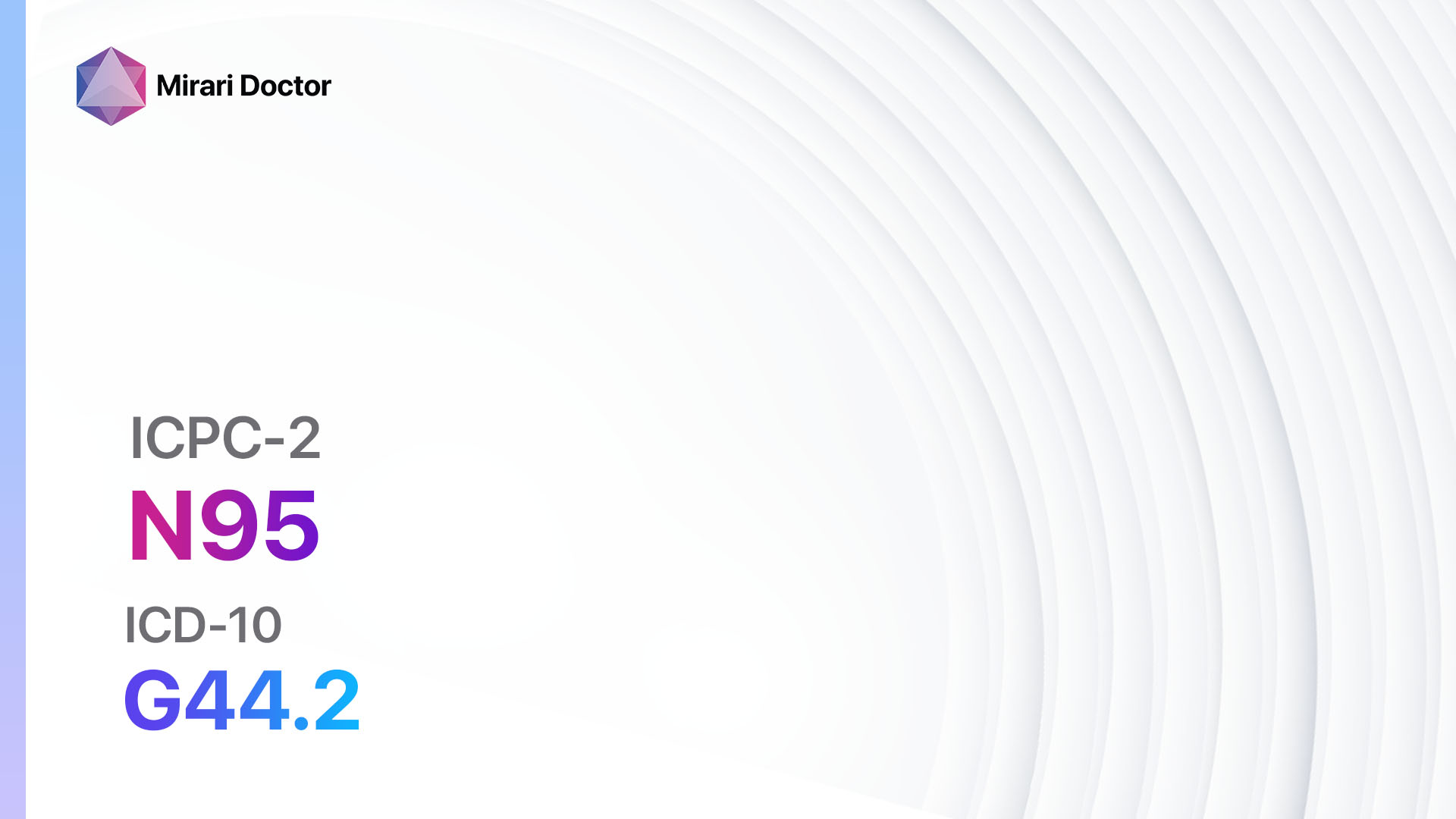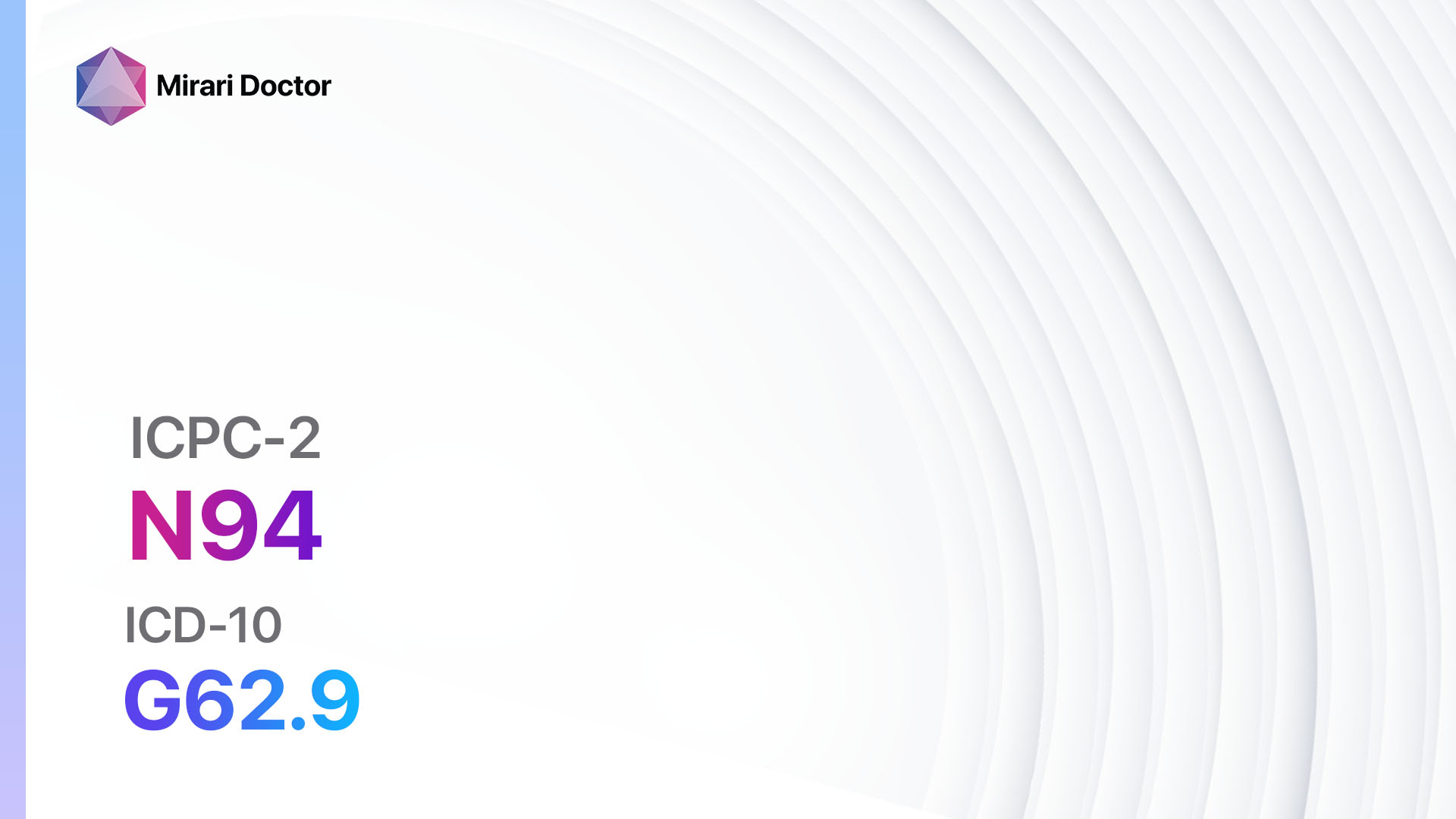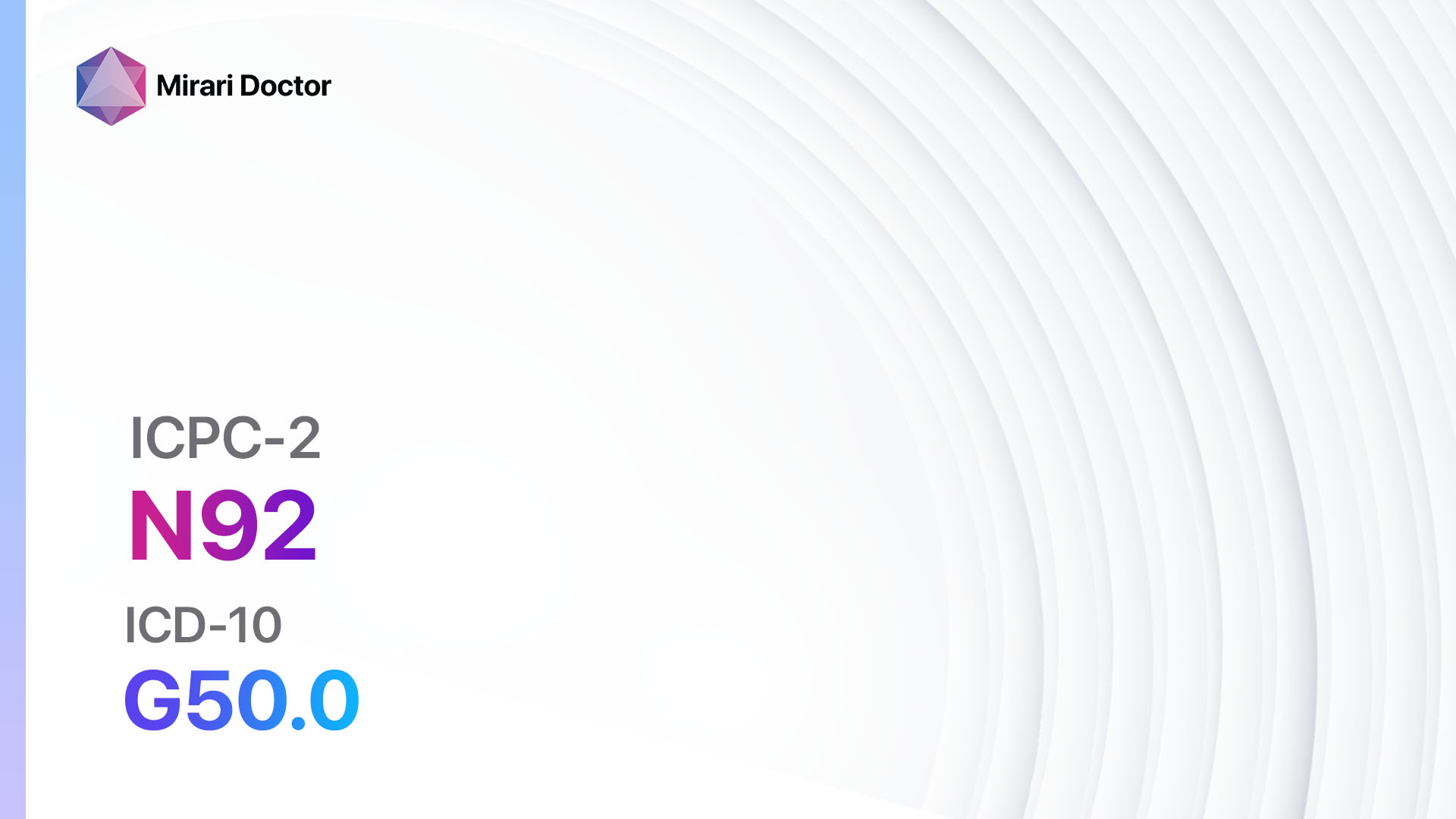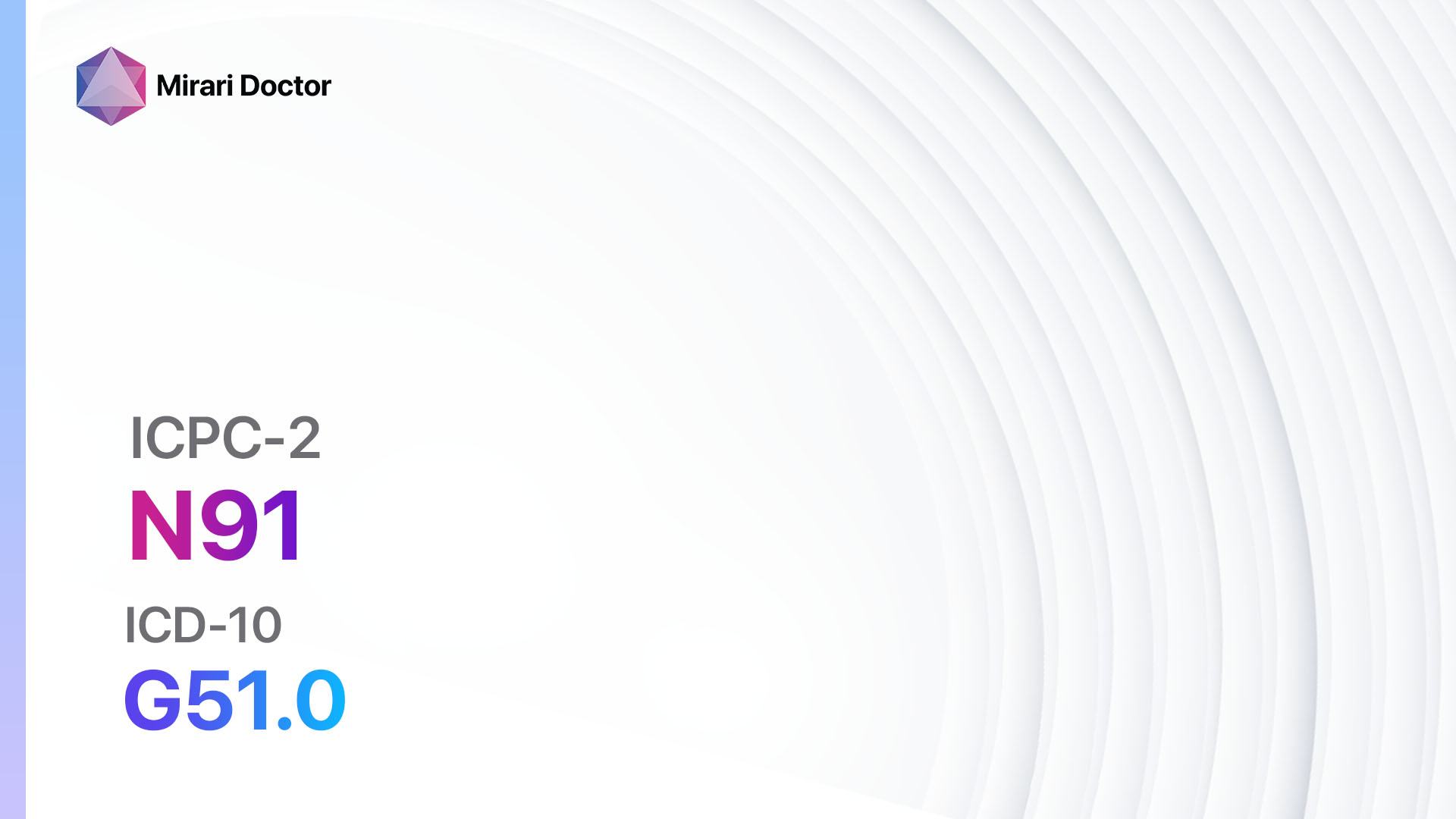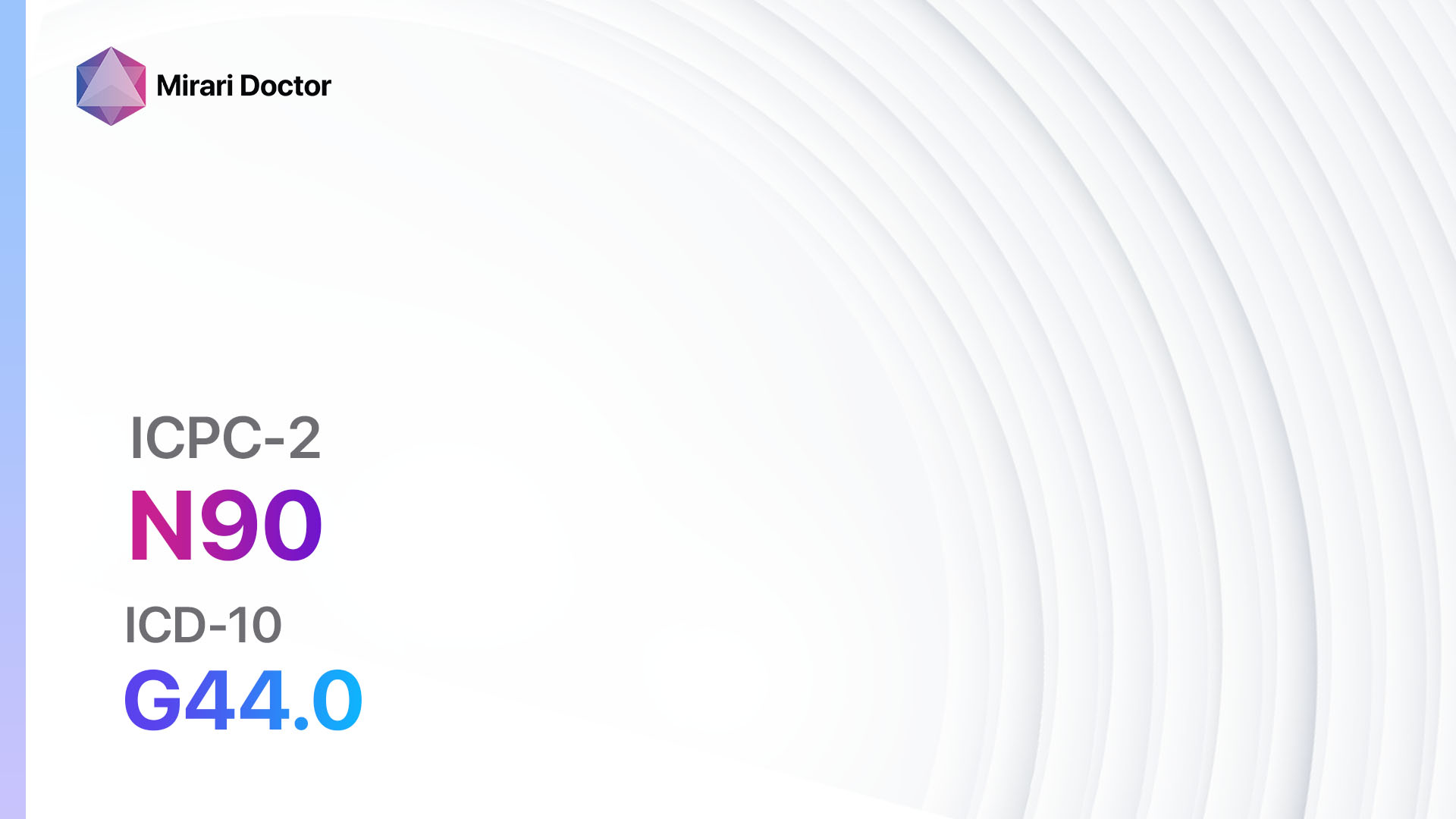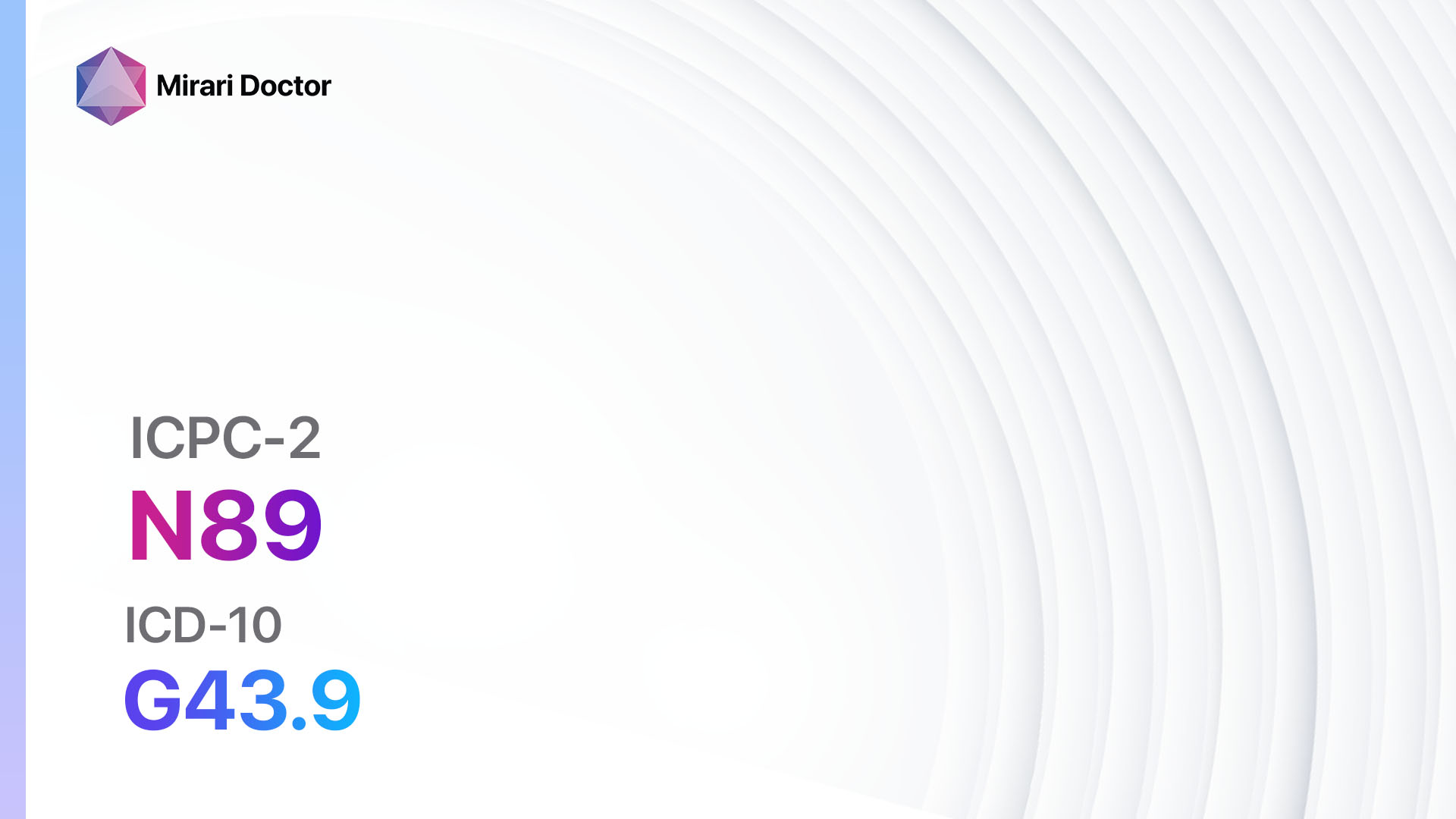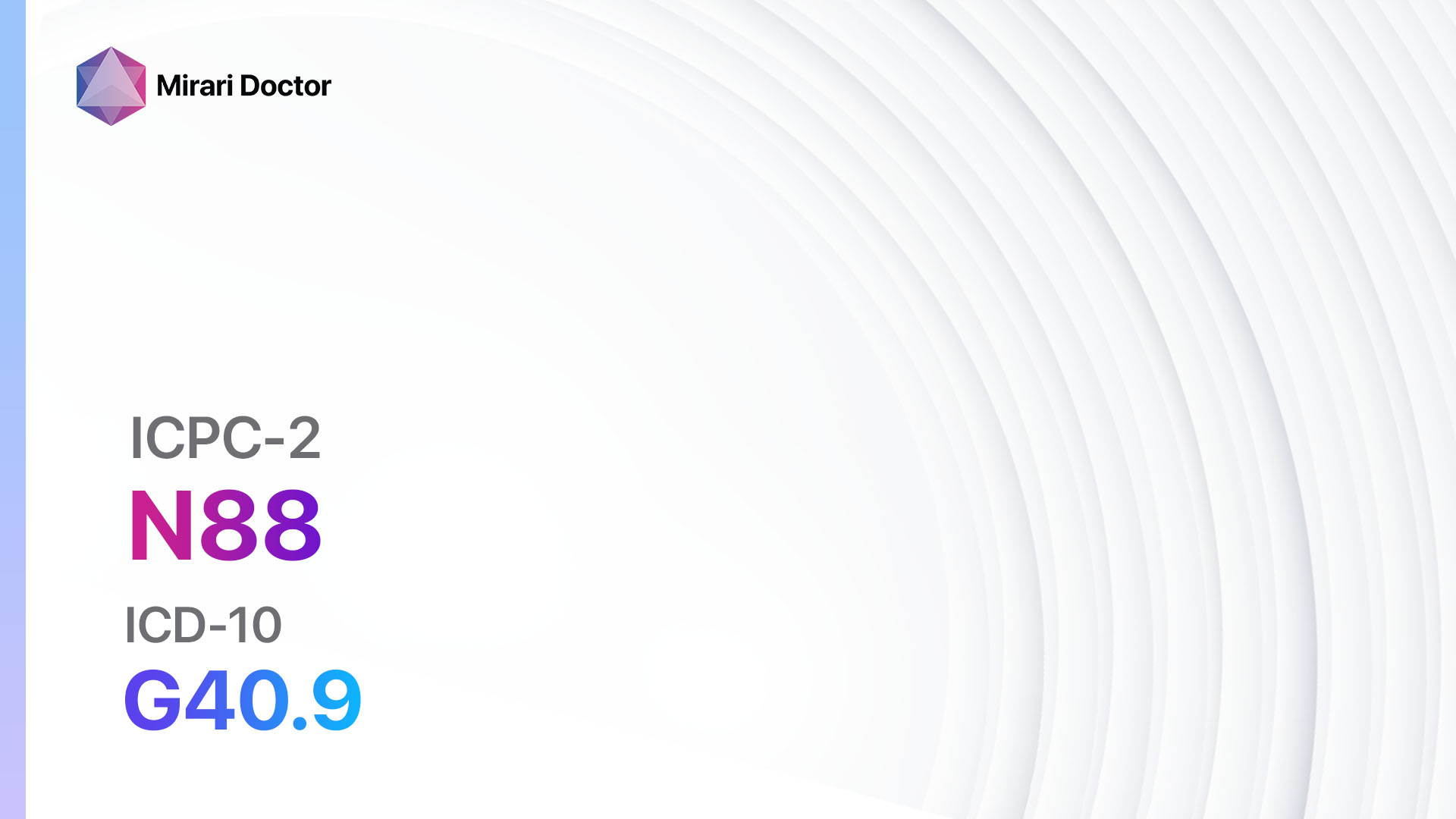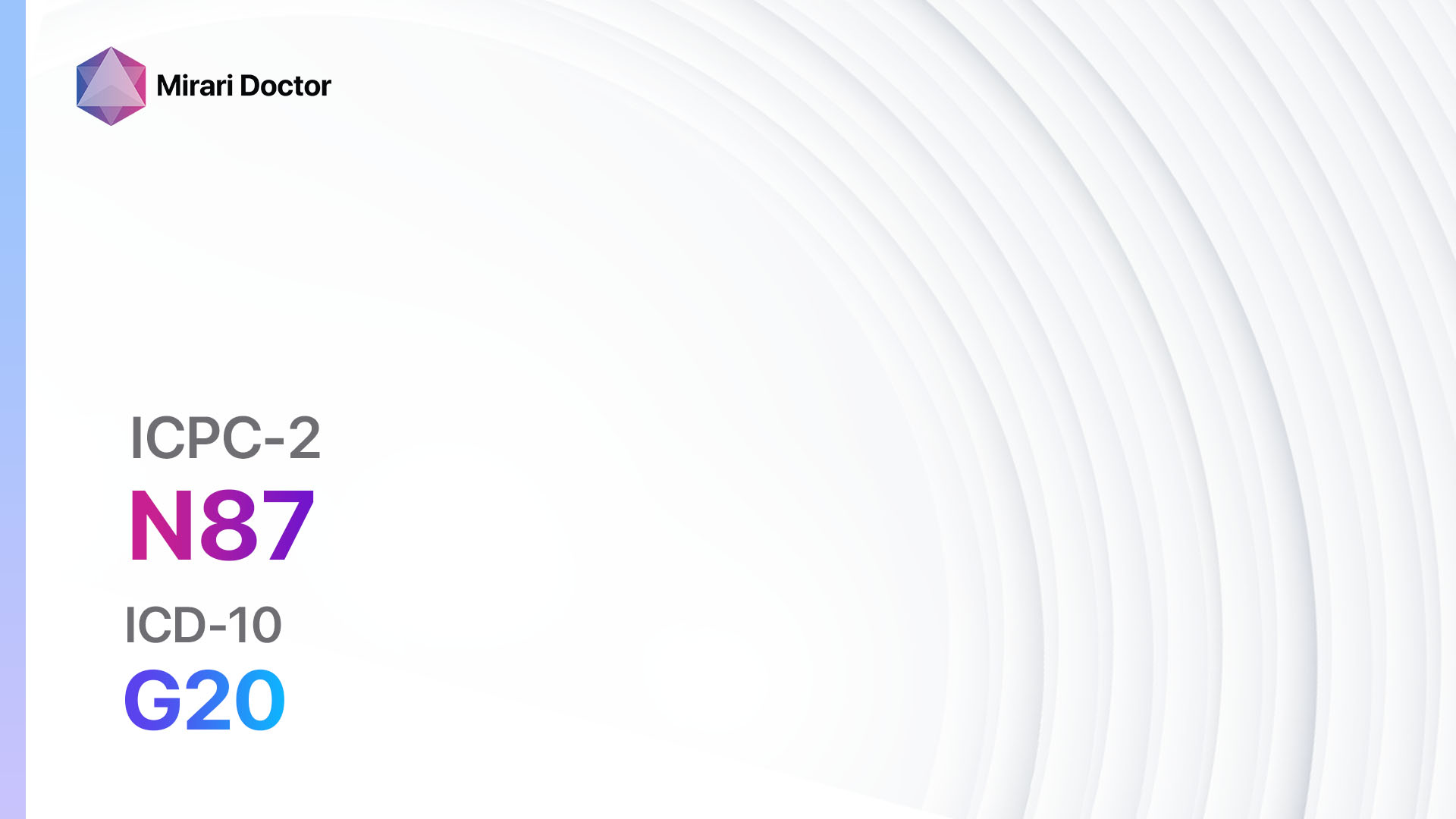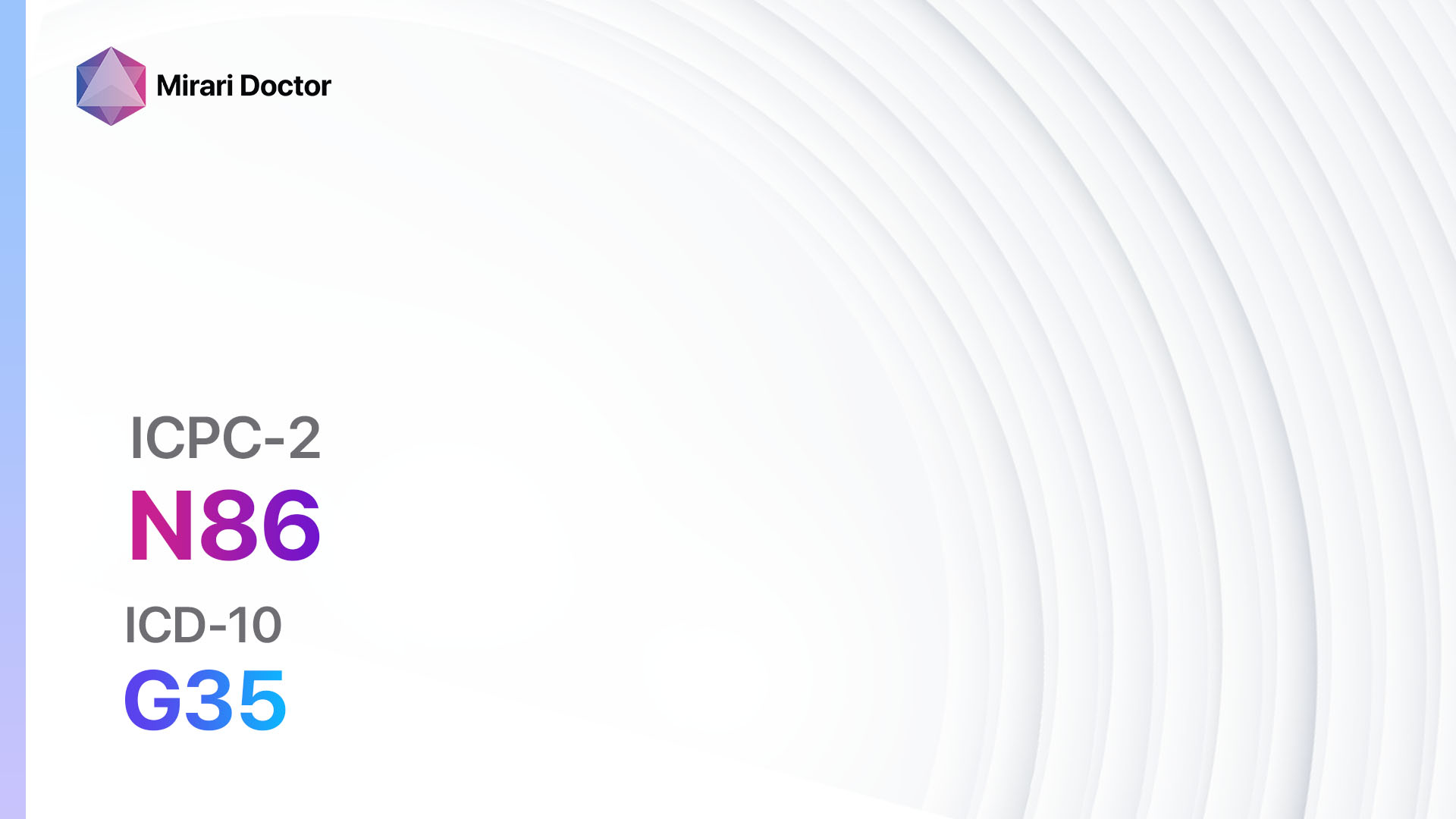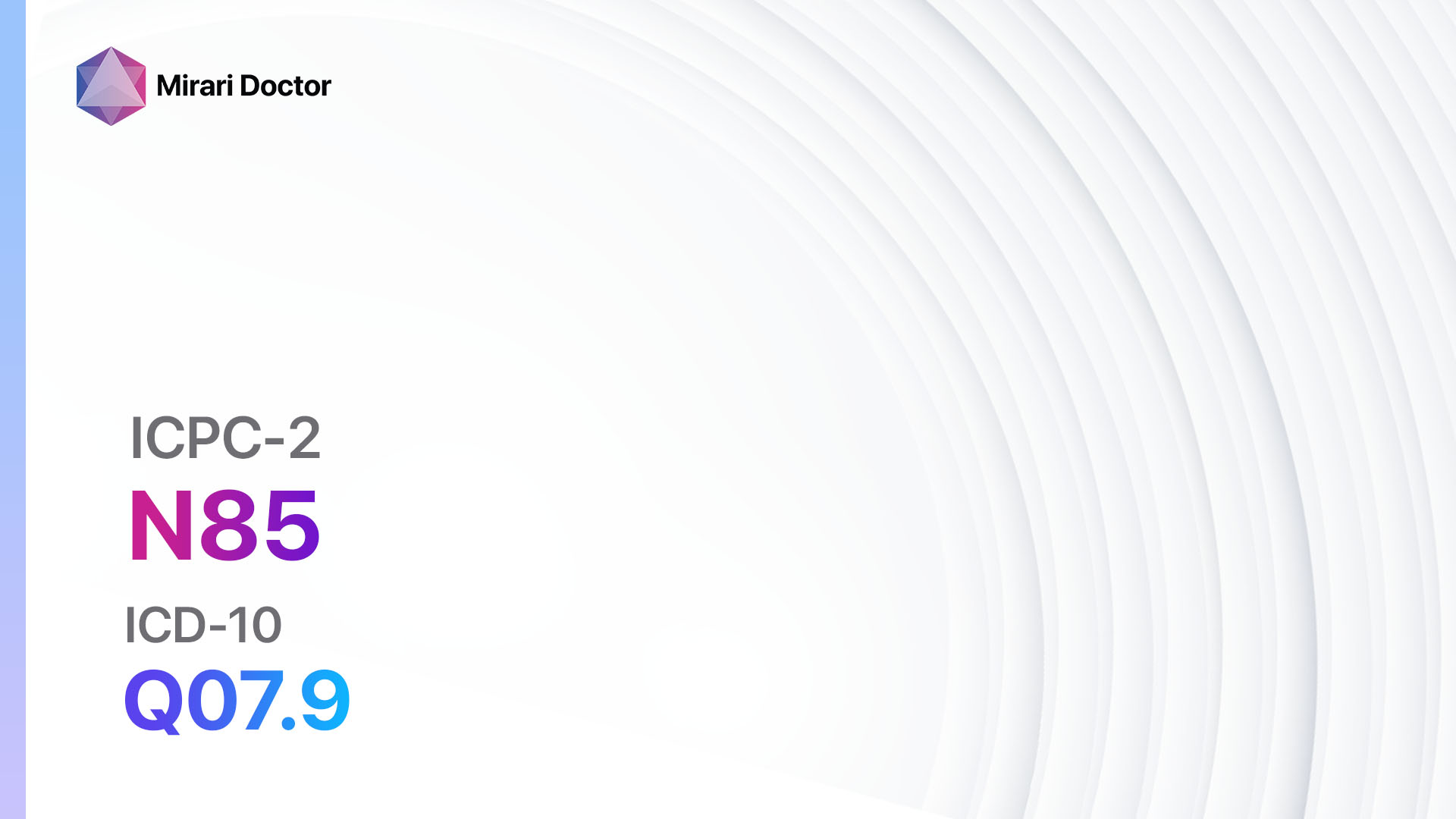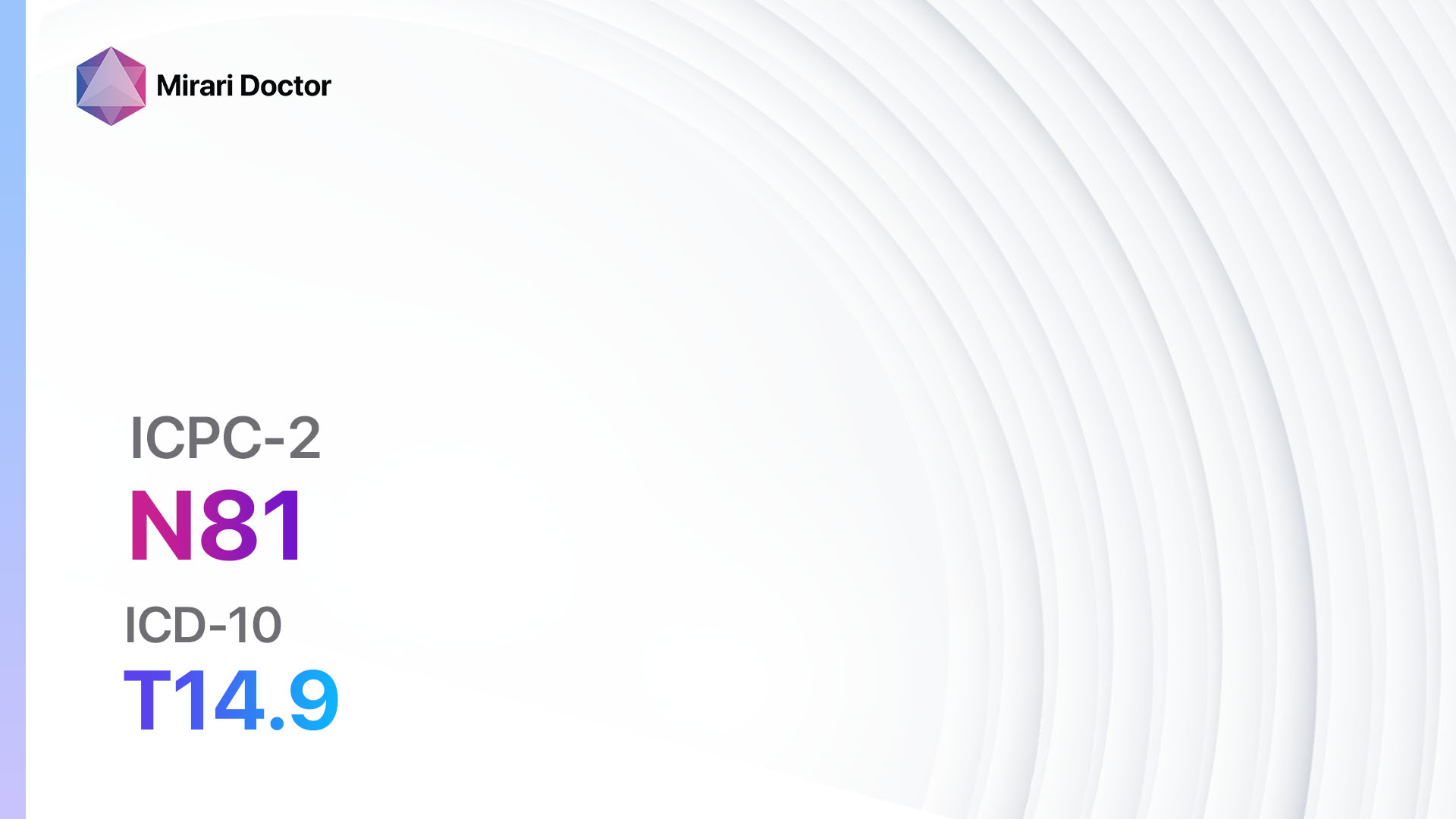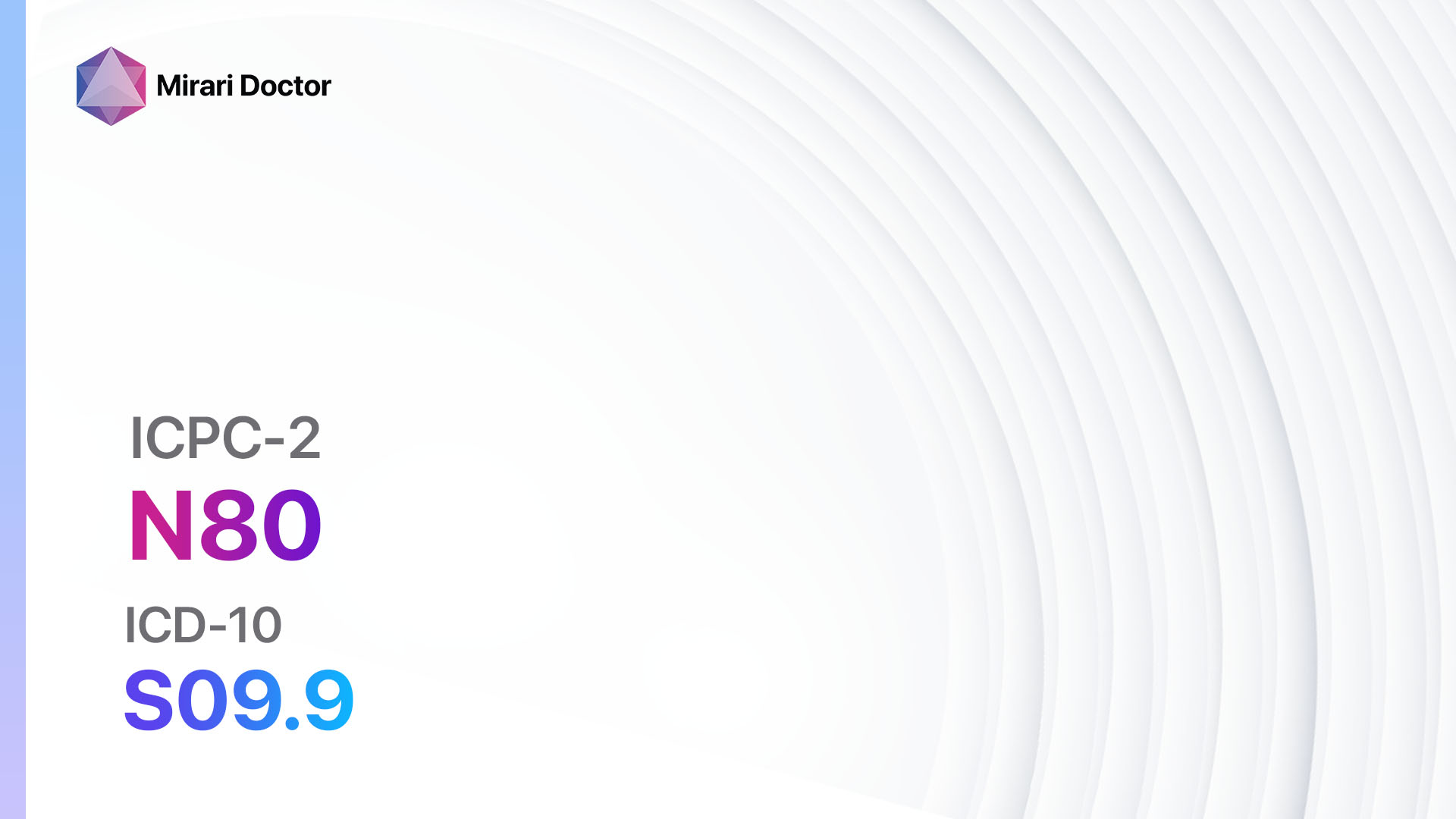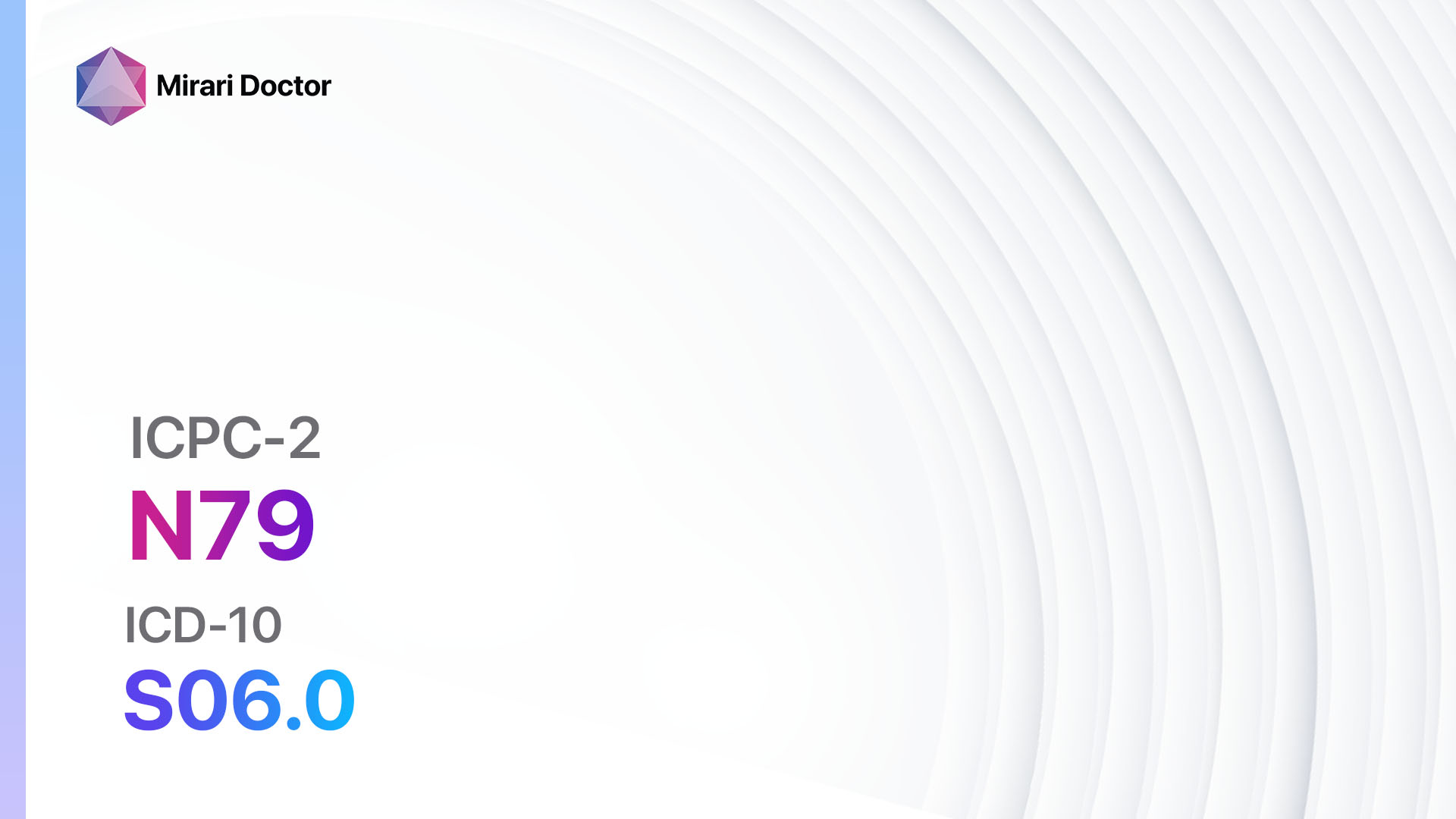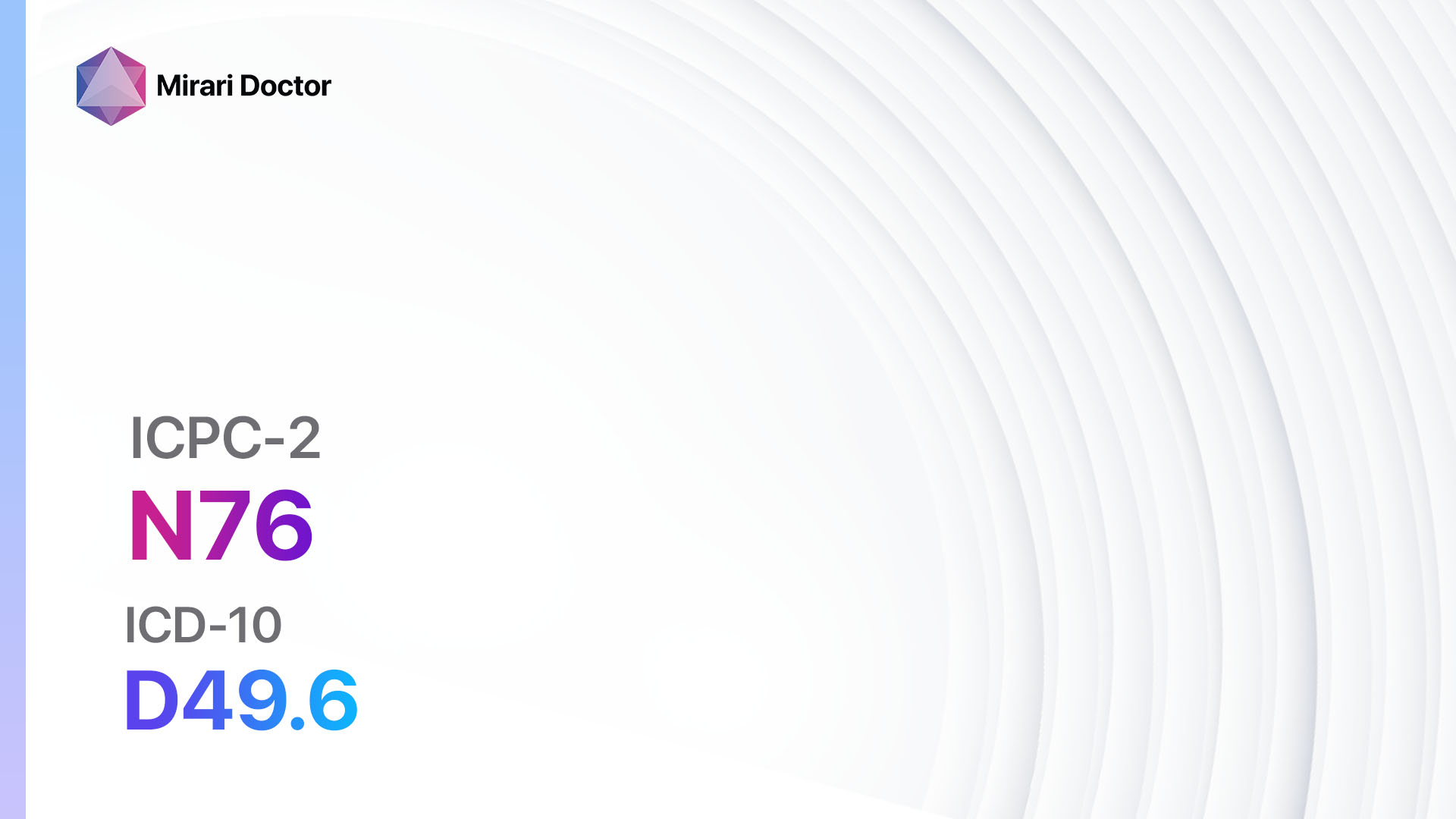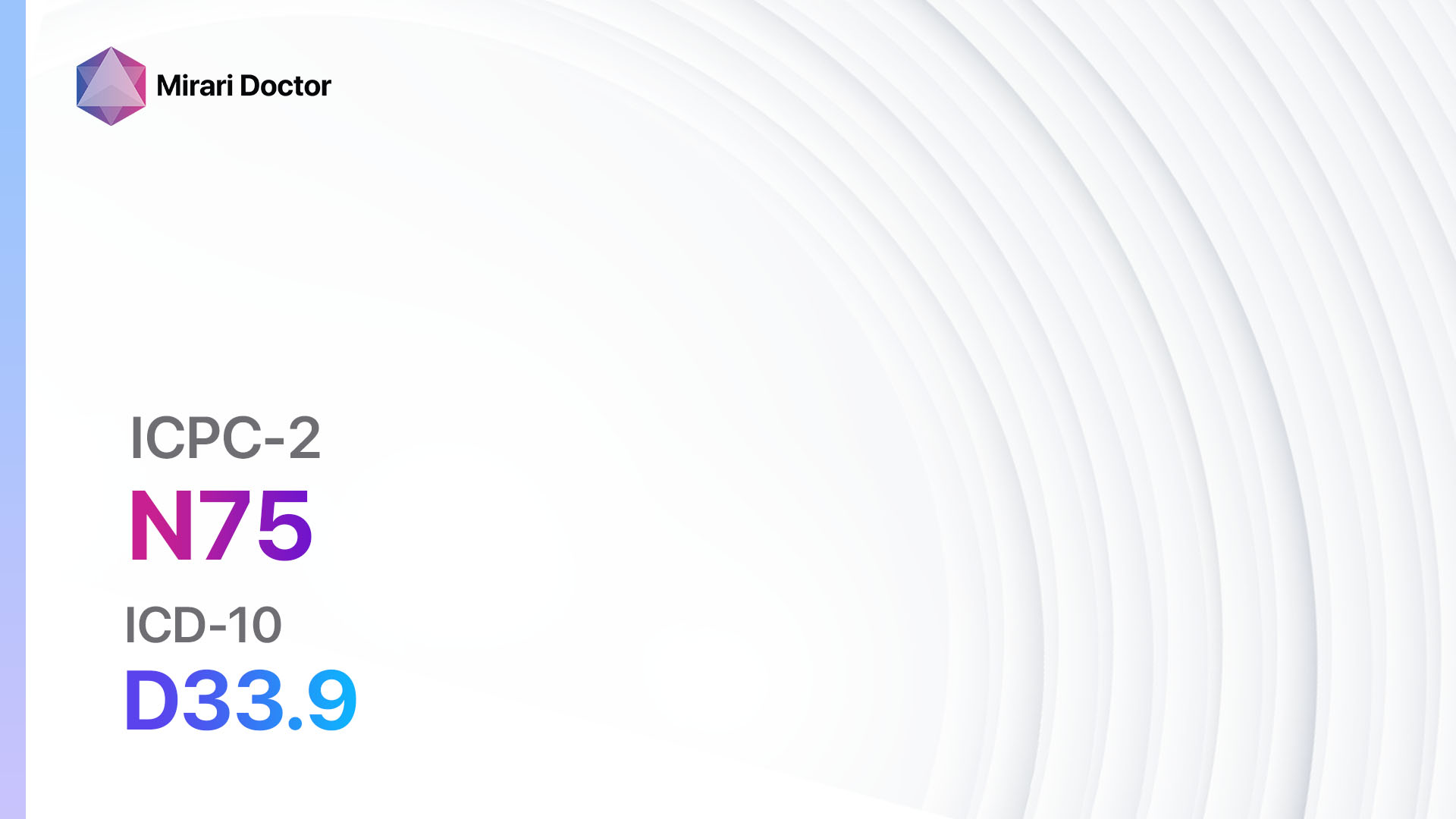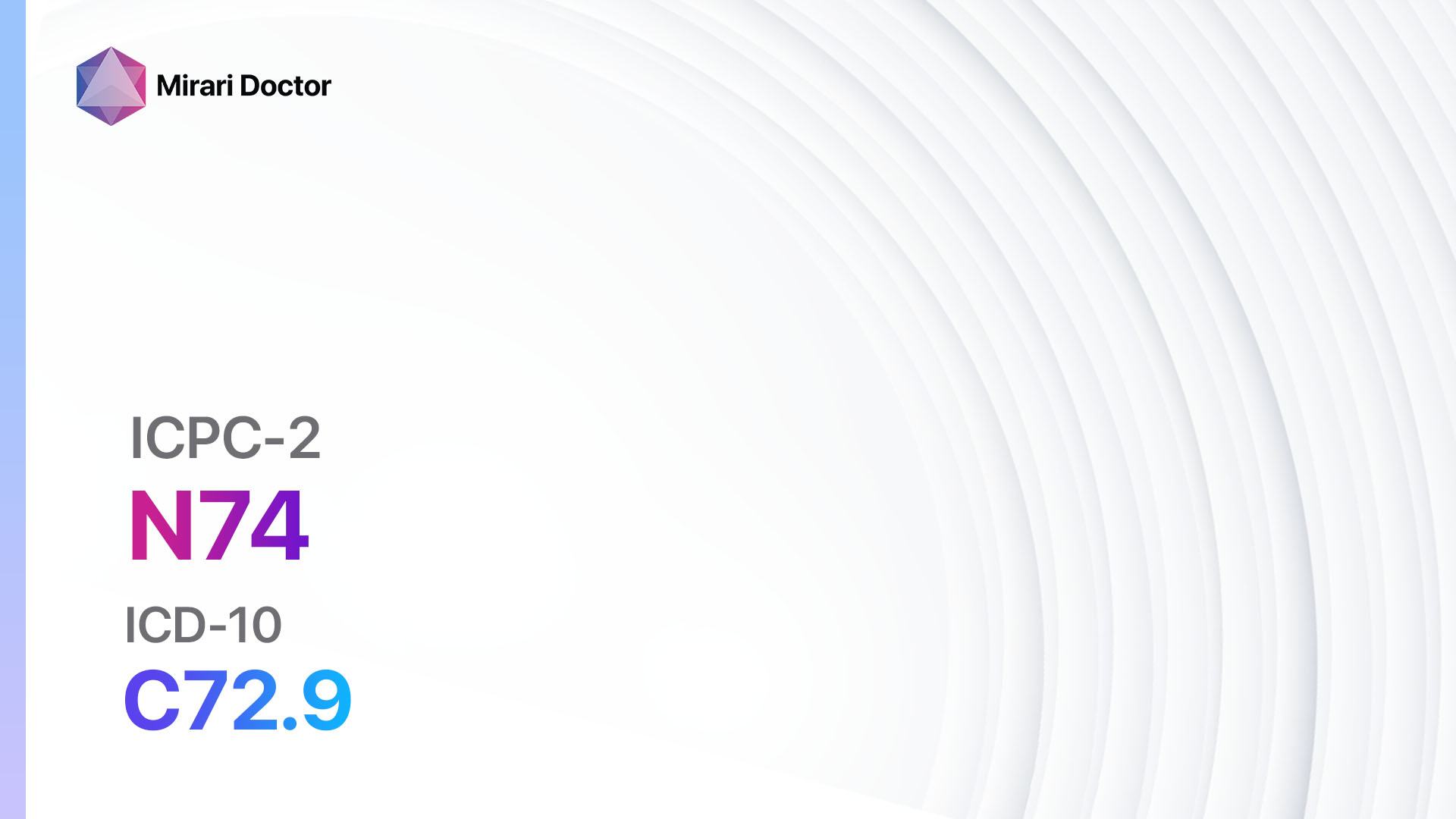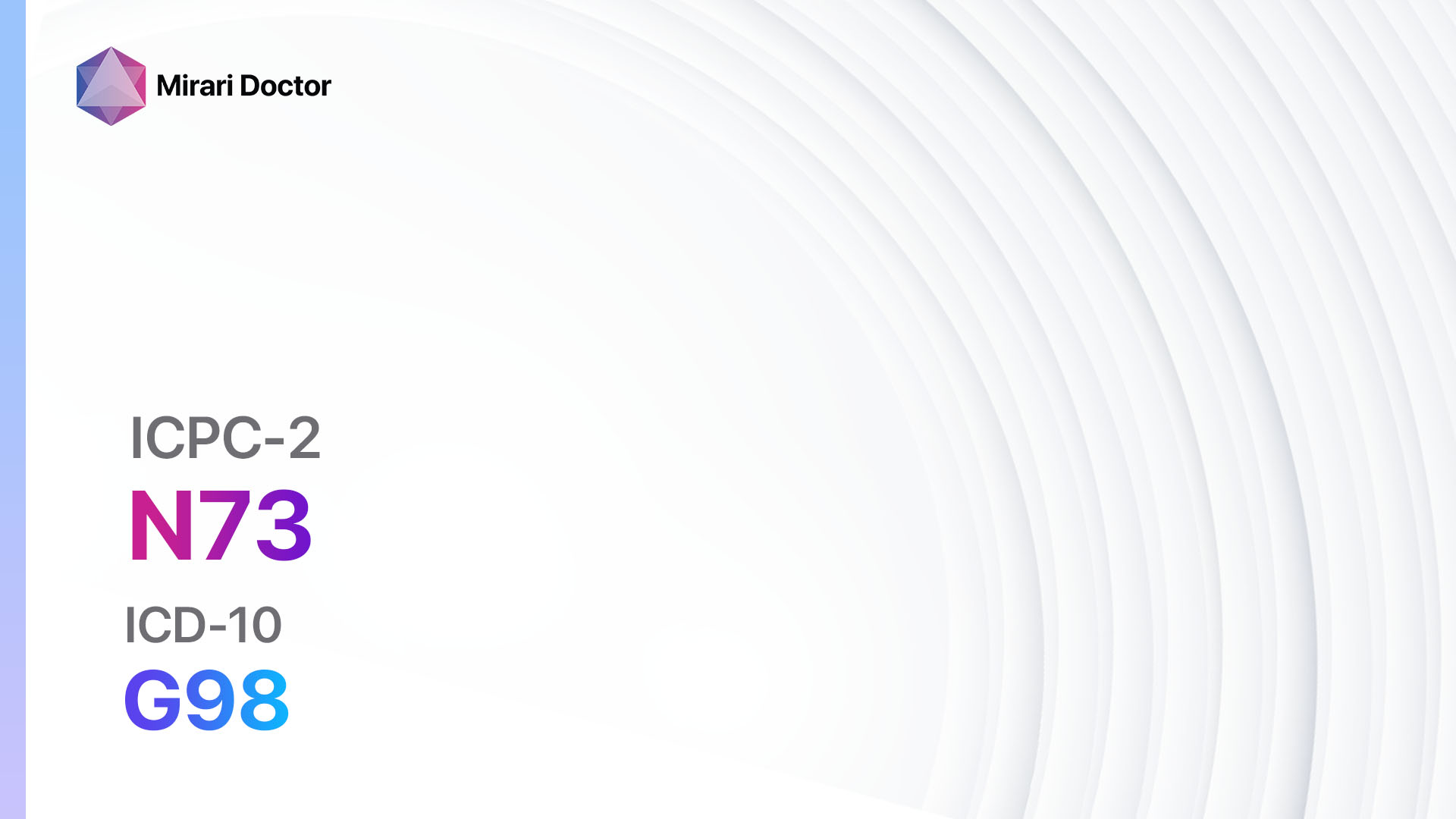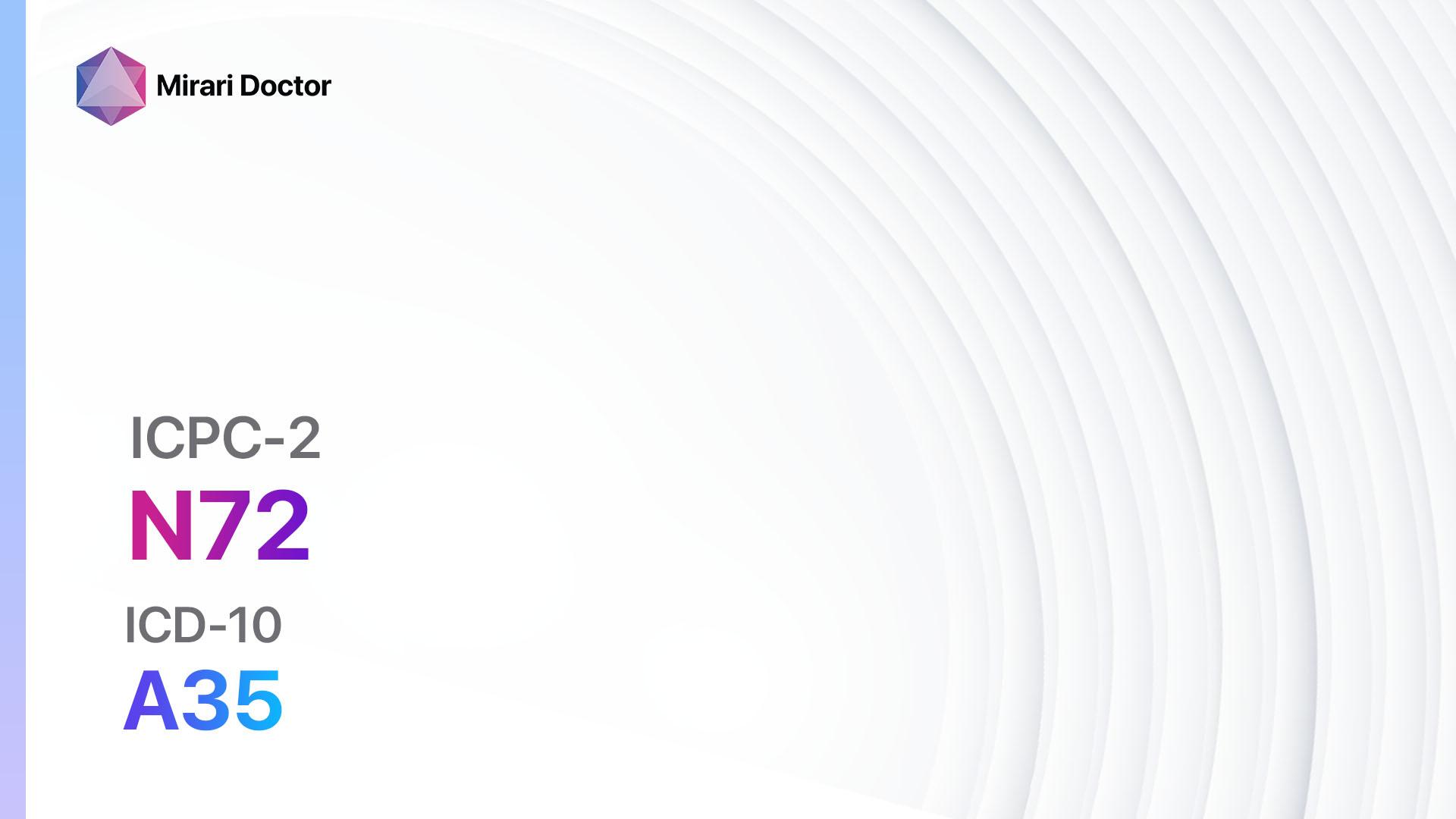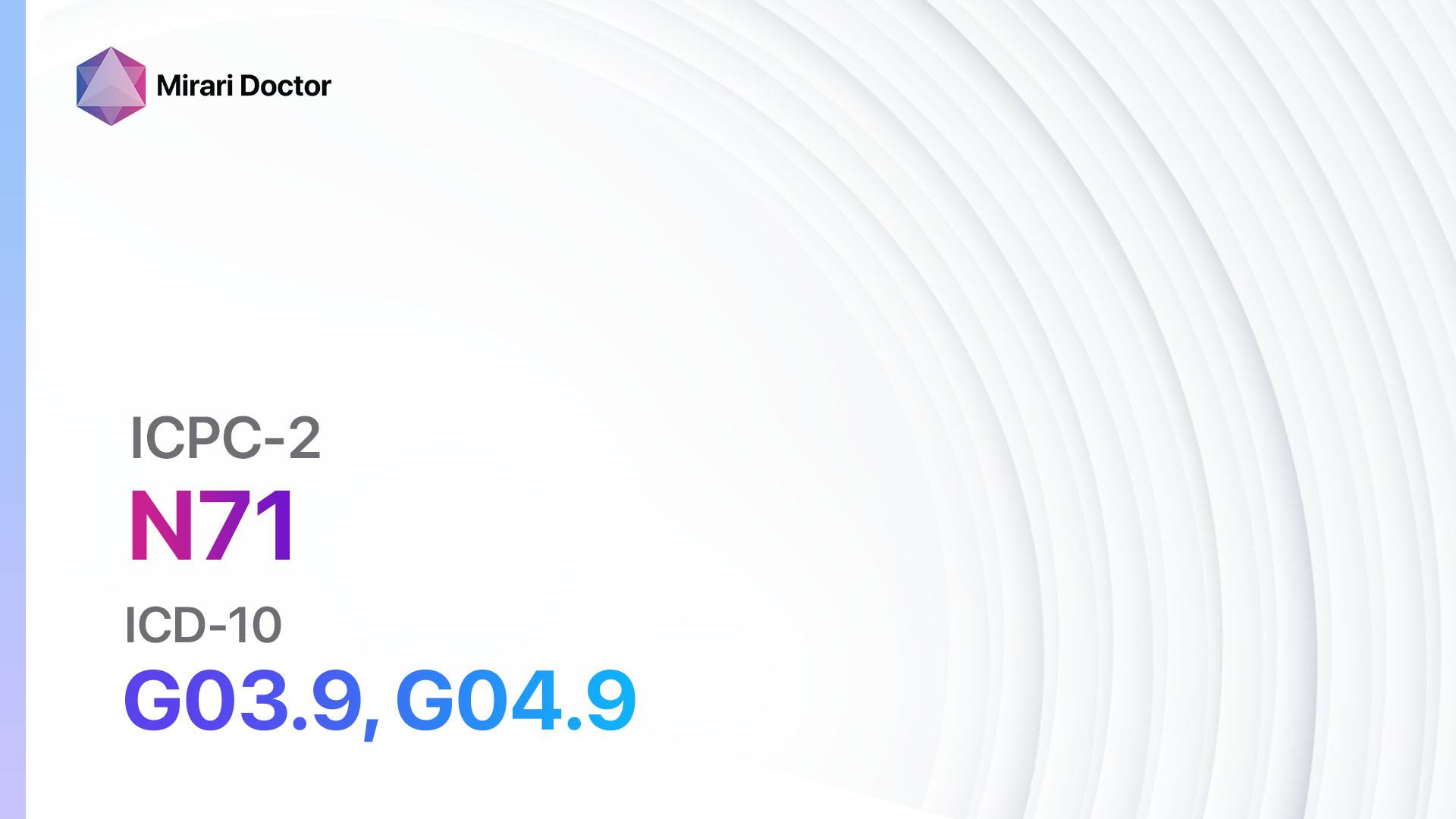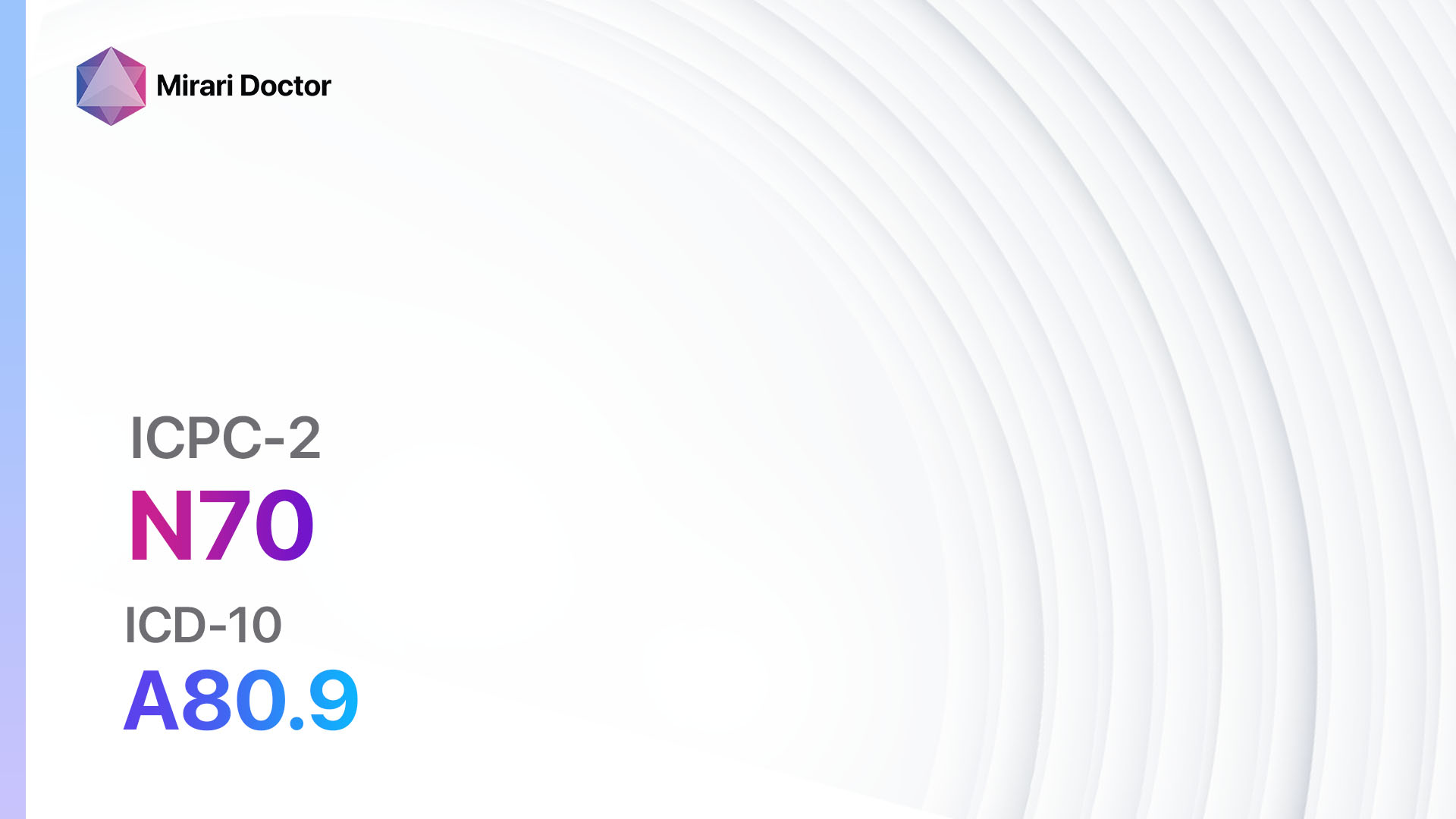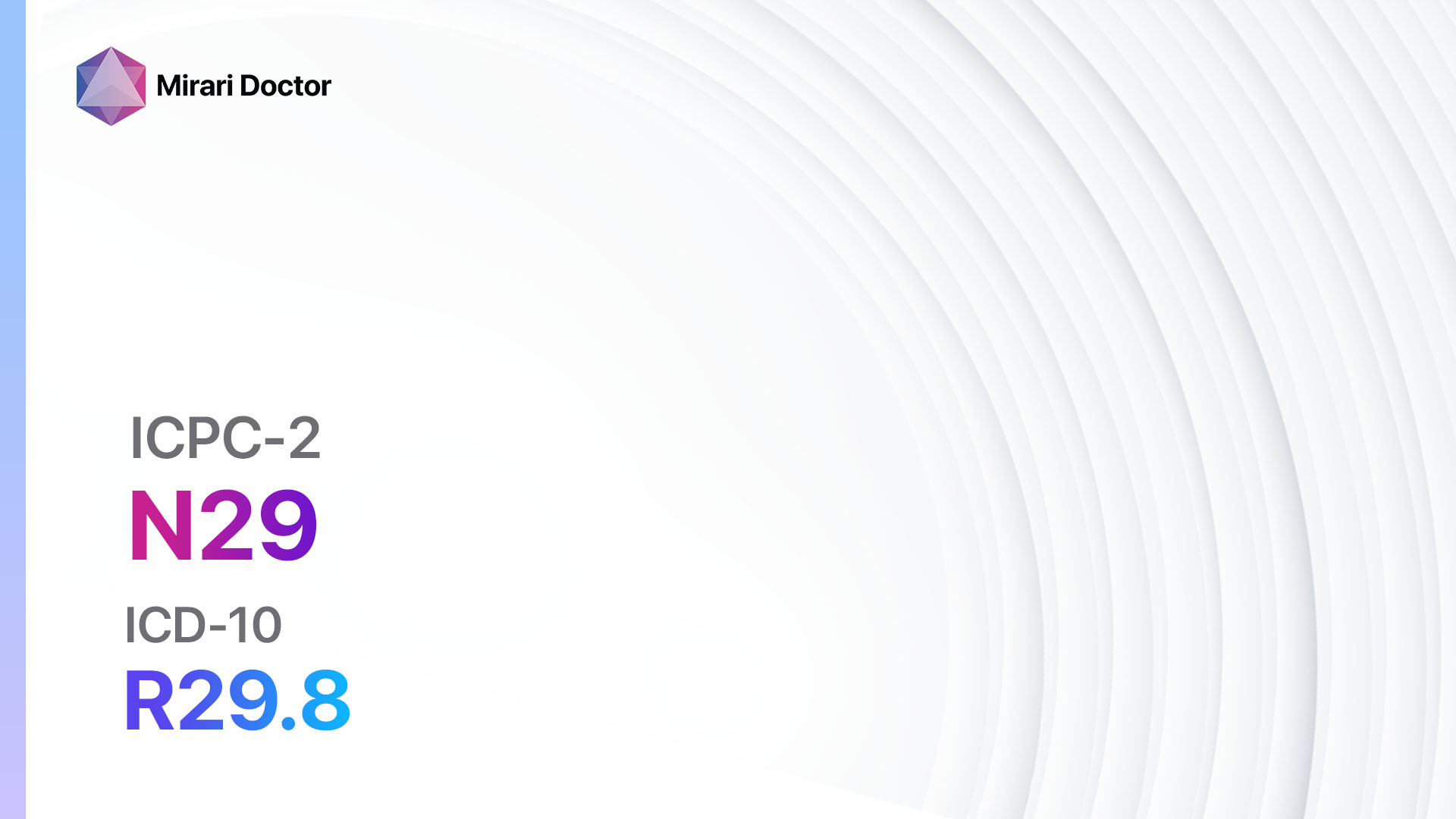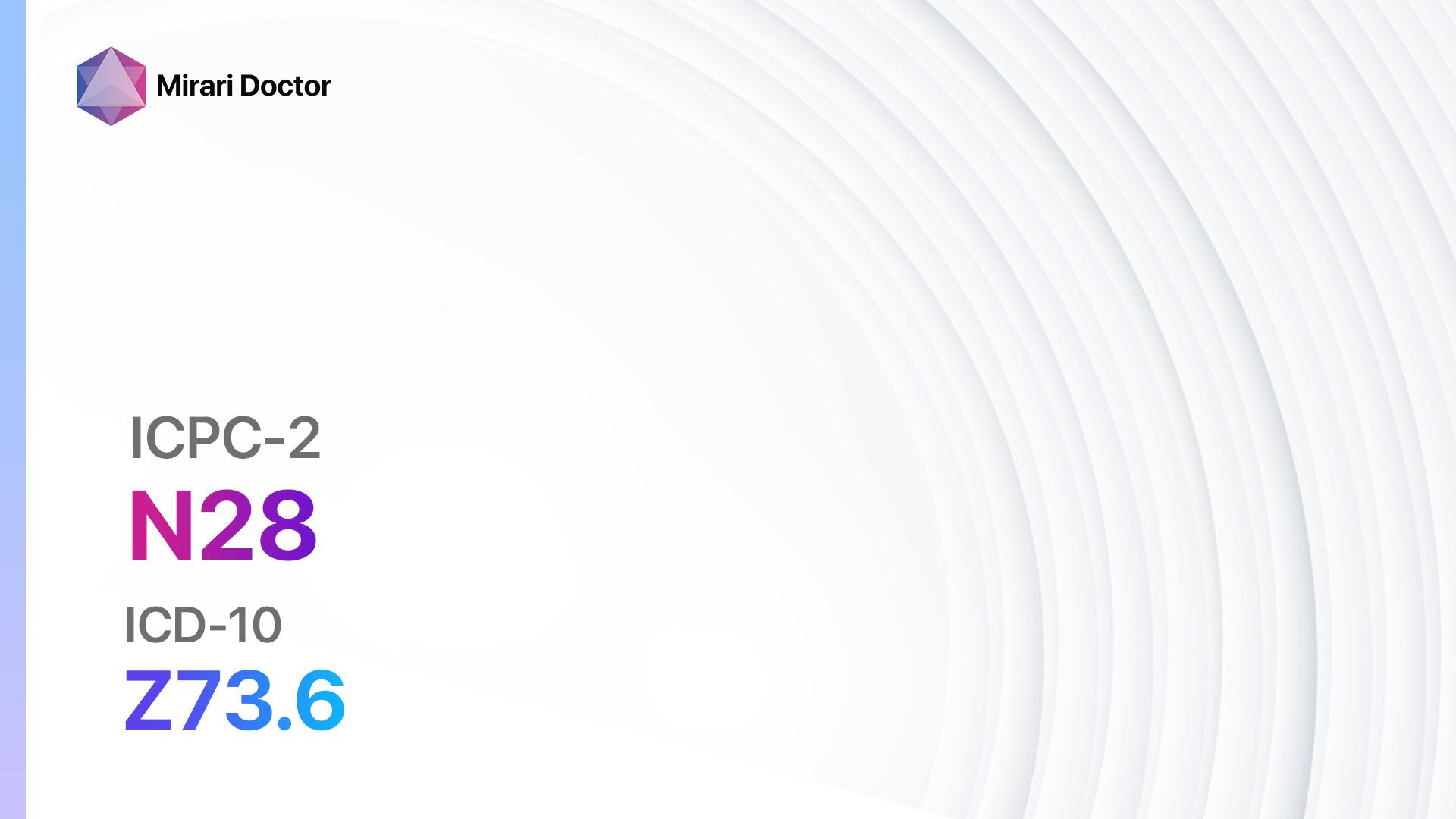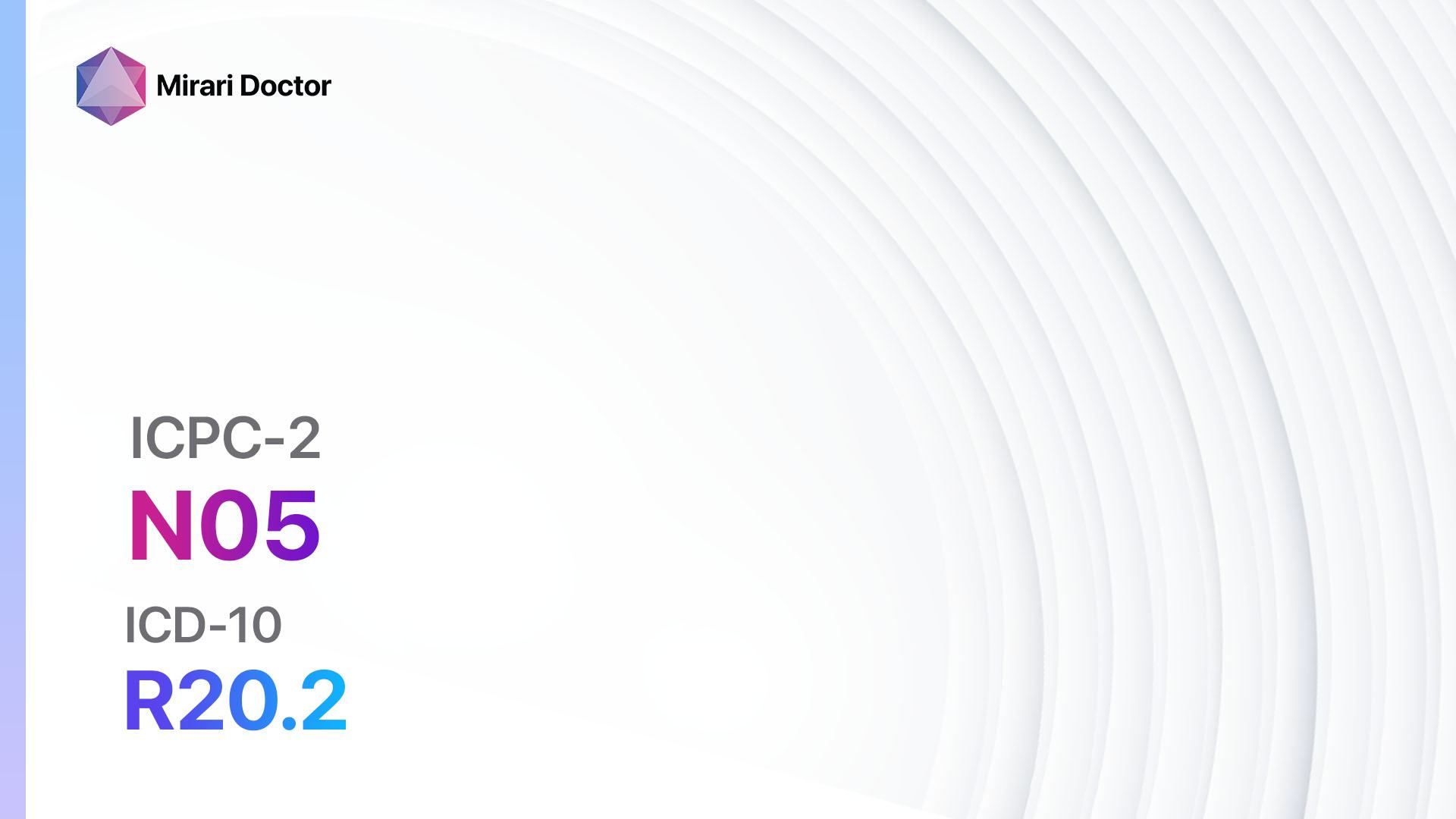
Introduction
Tingling in the fingers, feet, or toes is a common symptom that can be caused by various underlying conditions. It is characterized by a sensation of pins and needles, numbness, or a prickling feeling. This guide aims to provide a comprehensive overview of the diagnostic steps, possible interventions, and lifestyle modifications that can help manage and treat tingling in the fingers, feet, or toes.
Codes
Symptoms
- Tingling sensation in the fingers, feet, or toes: Patients may experience a sensation of pins and needles, numbness, or a prickling feeling in these areas[3]
- Loss of sensation: Some individuals may also report a decreased ability to feel touch or temperature in the these areas[3]
Causes
- Nerve compression: Conditions such as carpal tunnel syndrome or peripheral neuropathy[5]
- Diabetes: High blood sugar levels can damage nerves, resulting in peripheral neuropathy[6]
- Vitamin deficiencies: Lack of vitamins B12, B6, or E can cause nerve damage[7]
- Infections: Lyme disease or shingles can affect nerves[5]
- Autoimmune disorders: Multiple sclerosis or lupus can lead to nerve damage[5]
Diagnostic Steps
Medical History
- Gather information about the patient’s medical history, including any previous diagnoses, current medications, and family history of similar symptoms.
- Ask about any recent injuries or trauma to the affected areas.
- Inquire about any other symptoms that may be present, such as pain, weakness, or changes in coordination[8]
Physical Examination
- Perform a thorough physical examination, focusing on the affected areas.
- Assess the patient’s reflexes, muscle strength, and coordination.
- Check for any signs of swelling, redness, or skin changes in the fingers, feet, or toes.
- Evaluate the patient’s sensation to touch, temperature, and vibration in the affected areas[8]
Laboratory Tests
- Complete blood count (CBC): To check for any abnormalities or deficiencies in blood cells.
- Blood glucose levels: To assess for diabetes or high blood sugar levels.
- Vitamin B12, B6, and E levels: To determine if any deficiencies are present.
- Thyroid function tests: To rule out any thyroid disorders that may be causing the symptoms.
- Lyme disease or other infection-specific tests: If there is suspicion of an underlying infection.[9]
Diagnostic Imaging
- Nerve conduction studies: Measures the speed and strength of electrical signals through the nerves to assess for nerve damage.
- Electromyography (EMG): Measures the electrical activity of muscles to evaluate nerve function.
- Magnetic resonance imaging (MRI): Provides detailed images of the brain, spinal cord, or affected areas to identify any structural abnormalities or nerve compression.[9]
Other Tests
- Skin biopsy: In cases where small fiber neuropathy is suspected, a skin biopsy may be performed to evaluate nerve fiber density.
- Genetic testing: If hereditary neuropathy is suspected, genetic testing may be conducted to identify any specific gene mutations.[7]
Follow-up and Patient Education
- Schedule follow-up appointments to monitor the patient’s progress and adjust treatment plans if necessary.
- Provide patient education on the underlying condition, its management, and lifestyle modifications that can help alleviate symptoms.
- Encourage patients to report any changes or worsening of symptoms[10]
Possible Interventions
Traditional Interventions
Medications:
Top 5 drugs for tingling fingers/feet/toes:
- Gabapentin:
- Cost: $10-$50/month.
- Contraindications: Hypersensitivity to gabapentin.
- Side effects: Dizziness, drowsiness, fatigue.
- Severe side effects: Suicidal thoughts, allergic reactions.
- Drug interactions: Antacids containing aluminum or magnesium, opioids.
- Warning: May cause drowsiness or dizziness. Avoid driving or operating heavy machinery.
- Pregabalin:
- Cost: $15-$100/month.
- Contraindications: Hypersensitivity to pregabalin.
- Side effects: Dizziness, dry mouth, weight gain.
- Severe side effects: Suicidal thoughts, angioedema.
- Drug interactions: Opioids, benzodiazepines.
- Warning: May cause drowsiness or dizziness. Avoid driving or operating heavy machinery.
- Tricyclic antidepressants (e.g., Amitriptyline, Nortriptyline):
- Cost: $10-$50/month.
- Contraindications: Recent heart attack, narrow-angle glaucoma.
- Side effects: Dry mouth, constipation, blurred vision.
- Severe side effects: Cardiac arrhythmias, seizures.
- Drug interactions: MAO inhibitors, antihistamines.
- Warning: May cause drowsiness or dizziness. Avoid driving or operating heavy machinery.
- Anticonvulsants (e.g., Carbamazepine, Oxcarbazepine):
- Cost: $10-$50/month.
- Contraindications: Hypersensitivity to anticonvulsants.
- Side effects: Dizziness, drowsiness, nausea.
- Severe side effects: Stevens-Johnson syndrome, liver failure.
- Drug interactions: Oral contraceptives, warfarin.
- Warning: May cause drowsiness or dizziness. Avoid driving or operating heavy machinery.
- Topical lidocaine:
- Cost: $10-$30/tube.
- Contraindications: Hypersensitivity to lidocaine.
- Side effects: Skin irritation, redness, itching.
- Severe side effects: Allergic reactions, difficulty breathing.
- Drug interactions: None reported.
- Warning: Avoid applying to broken or irritated skin.
Alternative Drugs:
- Alpha-lipoic acid: An antioxidant that may help reduce nerve damage. Cost: $10-$30/month.
- Capsaicin cream: Derived from chili peppers, it can help relieve pain and tingling. Cost: $10-$20/tube.
- Vitamin B complex: Supplements containing B vitamins may help improve nerve function. Cost: $5-$20/month.
- Acetyl-L-carnitine: Amino acid supplement that may help reduce nerve pain. Cost: $10-$30/month.
- Duloxetine: An antidepressant that can also help relieve nerve pain. Cost: $20-$100/month.
Surgical Procedures:
- Carpal tunnel release surgery: Relieves pressure on the median nerve in the wrist. Cost: $2,000-$5,000.
- Decompression surgery: Relieves pressure on nerves in the spine or other affected areas. Cost: $5,000-$15,000.
Alternative Interventions
- Acupuncture: May help improve blood flow and reduce pain. Cost: $60-$120 per session.
- Chiropractic care: Manipulation of the spine and joints may help alleviate nerve compression. Cost: $50-$200 per session.
- Massage therapy: Can help relax muscles and improve circulation. Cost: $50-$100 per session.
- Yoga and stretching exercises: May help improve flexibility and reduce nerve compression. Cost: Varies depending on class fees or personal trainer fees.
- Transcutaneous electrical nerve stimulation (TENS): Uses low-voltage electrical currents to relieve pain. Cost: $50-$100 for a TENS unit.
Lifestyle Interventions
- Regular exercise: Engaging in physical activity can improve circulation and nerve function. Cost: Varies depending on gym membership or equipment costs.
- Healthy diet: Consuming a balanced diet rich in vitamins and minerals can support nerve health. Cost: Varies depending on food choices.
- Stress management techniques: Practicing relaxation techniques, such as meditation or deep breathing exercises, can help reduce nerve-related symptoms. Cost: Free or minimal cost.
- Avoiding repetitive motions: Minimizing activities that may contribute to nerve compression, such as typing or using vibrating tools. Cost: Free.
- Maintaining proper posture: Maintaining good posture can help prevent nerve compression. Cost: Free.
It is important to note that the cost ranges provided are approximate and may vary depending on the location and availability of the interventions.
Mirari Cold Plasma Alternative Intervention
Understanding Mirari Cold Plasma
- Safe and Non-Invasive Treatment:Mirari Cold Plasma is a safe and non-invasive treatment option for various skin conditions. It does not require incisions, minimizing the risk of scarring, bleeding, or tissue damage.
- Efficient Extraction of Foreign Bodies:Mirari Cold Plasma facilitates the removal of foreign bodies from the skin by degrading and dissociating organic matter, allowing easier access and extraction.
- Pain Reduction and Comfort:Mirari Cold Plasma has a local analgesic effect, providing pain relief during the treatment, making it more comfortable for the patient.
- Reduced Risk of Infection:Mirari Cold Plasma has antimicrobial properties, effectively killing bacteria and reducing the risk of infection.
- Accelerated Healing and Minimal Scarring: Mirari Cold Plasma stimulates wound healing and tissue regeneration, reducing healing time and minimizing the formation of scars.
Mirari Cold Plasma Prescription
Video instructions for using Mirari Cold Plasma Device – N05 Tingling fingers/feet/toes (ICD-10:R20.2)
| Mild | Moderate | Severe |
| Mode setting: 2 (Wound Healing) Location: 0 (Localized) Morning: 15 minutes, Evening: 15 minutes | Mode setting: 2 (Wound Healing) Location: 0 (Localized) Morning: 30 minutes, Lunch: 30 minutes, Evening: 30 minutes | Mode setting: 2 (Wound Healing) Location: 0 (Localized) Morning: 30 minutes, Lunch: 30 minutes, Evening: 30 minutes |
| Mode setting: 7 (Immunotherapy) Location: 1 (Sacrum) Morning: 15 minutes, Evening: 15 minutes | Mode setting: 7 (Immunotherapy) Location: 1 (Sacrum) Morning: 30 minutes, Lunch: 30 minutes, Evening: 30 minutes | Mode setting: 7 (Immunotherapy) Location: 1 (Sacrum) Morning: 30 minutes, Lunch: 30 minutes, Evening: 30 minutes |
| Total Morning:30minutesapprox.$5USD, Evening:30minutesapprox.$5USD | Total Morning:60minutesapprox.$10USD, Lunch:60minutesapprox. $10 USD, Evening:60minutesapprox. $10 USD, | Total Morning:60minutesapprox.$10USD, Lunch:60minutesapprox. $10 USD, Evening:60minutesapprox. $10 USD, |
| Usualtreatmentfor7-60daysapprox.$70USD–$600USD | Usualtreatmentfor6-8weeksapprox.$1,260USD–$1,680USD | Usualtreatmentfor3-6monthsapprox.$2,700USD–$5,400USD |
 |
|
Use the Mirari Cold Plasma device to treat Tingling fingers/feet/toes effectively.
WARNING: MIRARI COLD PLASMA IS DESIGNED FOR THE HUMAN BODY WITHOUT ANY ARTIFICIAL OR THIRD PARTY PRODUCTS. USE OF OTHER PRODUCTS IN COMBINATION WITH MIRARI COLD PLASMA MAY CAUSE UNPREDICTABLE EFFECTS, HARM OR INJURY. PLEASE CONSULT A MEDICAL PROFESSIONAL BEFORE COMBINING ANY OTHER PRODUCTS WITH USE OF MIRARI.
Step 1: Cleanse the Skin
- Start by cleaning the affected area of the skin with a gentle cleanser or mild soap and water. Gently pat the area dry with a clean towel.
Step 2: Prepare the Mirari Cold Plasma device
- Ensure that the Mirari Cold Plasma device is fully charged or has fresh batteries as per the manufacturer’s instructions. Make sure the device is clean and in good working condition.
- Switch on the Mirari device using the power button or by following the specific instructions provided with the device.
- Some Mirari devices may have adjustable settings for intensity or treatment duration. Follow the manufacturer’s instructions to select the appropriate settings based on your needs and the recommended guidelines.
Step 3: Apply the Device
- Place the Mirari device in direct contact with the affected area of the skin. Gently glide or hold the device over the skin surface, ensuring even coverage of the area experiencing.
- Slowly move the Mirari device in a circular motion or follow a specific pattern as indicated in the user manual. This helps ensure thorough treatment coverage.
Step 4: Monitor and Assess:
- Keep track of your progress and evaluate the effectiveness of the Mirari device in managing your Tingling fingers/feet/toes. If you have any concerns or notice any adverse reactions, consult with your health care professional.
Note
This guide is for informational purposes only and should not replace the advice of a medical professional. Always consult with your healthcare provider or a qualified medical professional for personal advice, diagnosis, or treatment. Do not solely rely on the information presented here for decisions about your health. Use of this information is at your own risk. The authors of this guide, nor any associated entities or platforms, are not responsible for any potential adverse effects or outcomes based on the content.
Mirari Cold Plasma System Disclaimer
- Purpose: The Mirari Cold Plasma System is a Class 2 medical device designed for use by trained healthcare professionals. It is registered for use in Thailand and Vietnam. It is not intended for use outside of these locations.
- Informational Use: The content and information provided with the device are for educational and informational purposes only. They are not a substitute for professional medical advice or care.
- Variable Outcomes: While the device is approved for specific uses, individual outcomes can differ. We do not assert or guarantee specific medical outcomes.
- Consultation: Prior to utilizing the device or making decisions based on its content, it is essential to consult with a Certified Mirari Tele-Therapist and your medical healthcare provider regarding specific protocols.
- Liability: By using this device, users are acknowledging and accepting all potential risks. Neither the manufacturer nor the distributor will be held accountable for any adverse reactions, injuries, or damages stemming from its use.
- Geographical Availability: This device has received approval for designated purposes by the Thai and Vietnam FDA. As of now, outside of Thailand and Vietnam, the Mirari Cold Plasma System is not available for purchase or use.
References
- ICPC-2 – English. (n.d.). Retrieved from//www.gesy.org.cy/el-gr/annualreport/icpc-2-english1-10.pdf
- ICD-10-CM Code for Paresthesia of skin R20.2. (n.d.). AAPC. Retrieved from//www.aapc.com/codes/icd-10-codes/R20.2
- WebMD. (n.d.). Tingling Hands & Feet: Causes, symptoms, & treatment. Retrieved from//www.webmd.com/brain/tingling-in-hands-and-feet
- Healthline. (n.d.). 25 Causes of Tingling in Hands and Feet. Retrieved from//www.healthline.com/health/tingling-in-hands-and-feet
- Vinmec. (n.d.). 25 causes of tingling in hands and feet. Retrieved from//www.vinmec.com/en/news/health-news/healthy-lifestyle/25-causes-of-tingling-hands-and-feet/
- National Institute of Diabetes and Digestive and Kidney Diseases. (n.d.). Peripheral Neuropathy. Retrieved from//www.niddk.nih.gov/health-information/diabetes/overview/preventing-problems/nerve-damage-diabetic-neuropathies/peripheral-neuropathy
- Mayo Clinic. (n.d.). Peripheral neuropathy – Diagnosis and treatment. Retrieved from//www.mayoclinic.org/diseases-conditions/peripheral-neuropathy/diagnosis-treatment/drc-20352067
- Differential examination, diagnosis and management for tingling in hands and feet. (2018). NCBI. Retrieved from//www.ncbi.nlm.nih.gov/pmc/articles/PMC5810784/
- WebMD. (n.d.). Why Are My Hands and Feet Tingling? Retrieved from//www.webmd.com/a-to-z-guides/ss/slideshow-why-my-hands-feet-tingling
- Medical News Today. (n.d.). Numbness and tingling: Causes and treatments. Retrieved from//www.medicalnewstoday.com/articles/326062
Related articles
Made in USA


